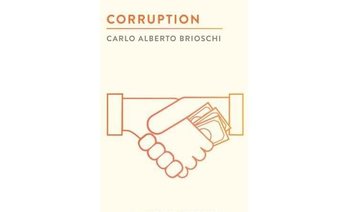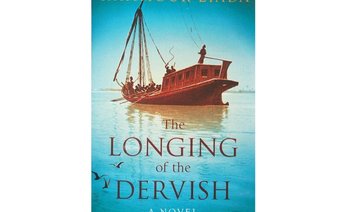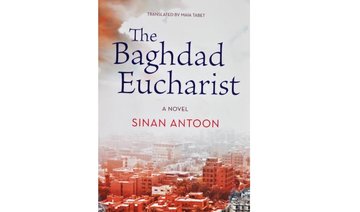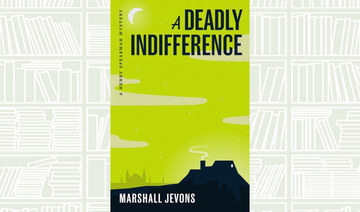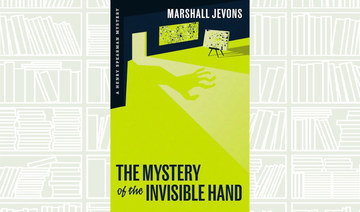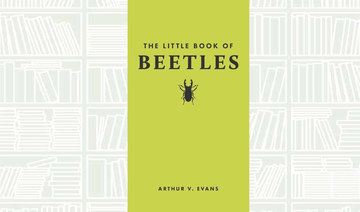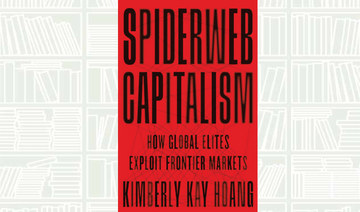“Gibran Khalil Gibran: Alive” is unlike any book ever written about the Lebanese-American poet, writer and artist. This labor of love was carried out by Joumana Bou Fakhreddine and saw the author painstakingly gather paintings, photographs, drawings and manuscripts as well as objects and memorabilia owned by Gibran, his family and friends. The process took two-and-a-half years and required the help of 200 volunteers.
The visual aids are set in chronological order and classified under 19 themes in two massive books. All the visuals included in this mini encyclopedia are accompanied by quotations and excerpts from no less than 220 publications.
“I am alive like you and I am standing beside you. Close your eyes and look around, you will see me in front of you,” one excerpt reads.
The book opens up Gibran’s life and offers the reader a rainbow of words and sounds, colors and ideas to devour while exploring the beauty of his writing and his paintings.
Gibran was born on Jan. 6, 1883, during a violent snowstorm in the town of Bsharri in the Mount Lebanon Mutasarrifate of the Ottoman Empire
When his father was informed about the birth of his first son, he answered: “I don’t want him, throw him out to the snows.” At the age of three, he ran out during a storm and refused to go back into the house and supposedly kept repeating: “I love storms, I love them.”
Years later, Gibran wrote about the beauty of snow storms.
“I am home sick and my heart longs for those hills and valley. But it is better that I should stay here and work/ Today we are expecting a mighty snow storm/ You know how much I love all storms, especially snow storms/ I love snow, I love its whiteness/ I love the fall of snow and its deep silence/ I love snow in the heart of the distant unknown valley, where the snowflakes flicker in the light of the sun, twinkled a while and then melting and quietly flowing away as they whisper their song/ I love snow and fire, both they come from the same source.”
Barbara Young, who worked as his secretary during the later years of his life, stated that: “There was something in the man from early childhood, a passion for storms… something in him, he said, that was released, unleashed and set gloriously free by a storm.”
Besides nature, women played a crucial role in Gibran’s life and work.
His mother was not only the source of his artistic inspiration, but she also created an atmosphere that developed her son’s precocity and nurtured his genial personality.
Many women played a role in Gibran’s life. Some, like May Ziadeh, he never met. They both exchanged passionate and intense letters that became famous when they were published. However, the woman who influenced Gibran the most was undoubtedly Mary Haskell and the author has dedicated a whole chapter to this exceptional woman. She not only helped him financially, but she also believed in him and offered advice when he needed it.
Haskell was not considered a beautiful woman and she was also 10 years older and much taller than Gibran, but he loved her heart and her noble soul.
“When I am unhappy, dear Mary, I read your letters. When the mist overwhelms the ‘I’ in me, I take two or three out of the little box and re-read them. They remind me of my true self. They make me overlook all that is high and beautiful in life. Each and every one of us, dear Mary, must have a resting place somewhere. The resting place of my soul is a beautiful grove where my knowledge of you lives,” Gibran wrote.
“Gibran Khalil Gibran: Alive” abounds in rare and wonderful paintings and drawings. Gibran, in fact, spent more time painting than writing. In “Khalil Gibran: A Nonpareil Artist,” author Joseph Habib Helou wrote that “Gibran used different colors in his writing, but not in his paintings which were words in drawing and meaning in form… He usually expressed an idea through a drawing and elaborated on it in writing.”
Gibran drew or painted most of the famous people he met, including Swiss psychiatrist Carl Jung, French sculptor Auguste Rodin and French stage actress Sarah Bernard.
Bernard sat for her portrait on Feb. 18, 1913, after which Gibran wrote a humorous letter to his confidante Haskell. “The drawing which I made of her yesterday, though it does not show her old age, is a great success. But if I am to go through the same process with the rest of the great men and women, I might as well give up art and become a diplomat! She wanted me to sit at a distance so that I may not see the details of her face. But I did see them. She made me take off some wrinkles. She even asked to change the shape of her mouth! I think I understood her yesterday and I behaved accordingly and perhaps that is the reason why she liked me a little!”
The Pen League
Gibran also played a key role in creating Al-Rabitah Al-Qalamiyah, the Pen League. It was the first-ever Arab-American literary society and its aim was to revive Arab literature. Gibran suggested drastic measures to revive Arabic-language literature, saying: “If the meaning or beauty of a thought requires the breaking of a rule, break it… If there is no known word to express your idea, borrow or invent one… If syntax stands in the way of a needed or useful expression, away with syntax.”
As we turn to the last few pages of this exceptional work, Gibran tells us: “This is my story. How can I end it, when in truth it has no ending?”
Book Review: Explore the world of Khalil Gibran
Book Review: Explore the world of Khalil Gibran
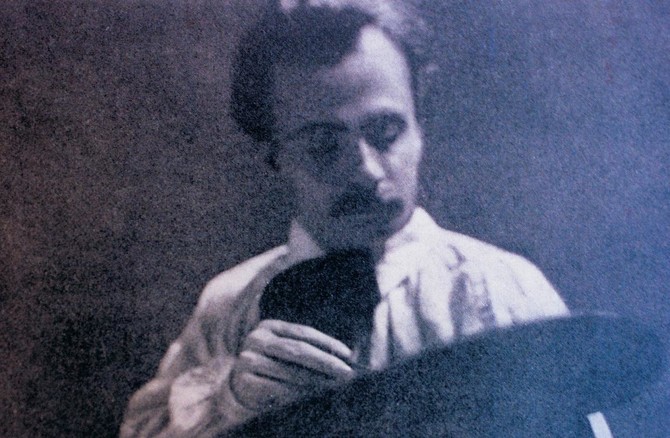
What We Are Reading Today: The Princeton Field Guide to Dinosaurs

Author: Gregory S. Paul
The bestselling “Princeton Field Guide to Dinosaurs” remains the must-have book for anyone who loves dinosaurs, from amateur enthusiasts to professional paleontologists. Now extensively revised and expanded, this dazzlingly illustrated large-format edition features nearly 100 new dinosaur species and hundreds of new and updated illustrations, bringing readers up to the minute on the latest discoveries and research that are radically transforming what we know about dinosaurs and their world.
What We Are Reading Today: The Virtue Proposition by Sig Berg
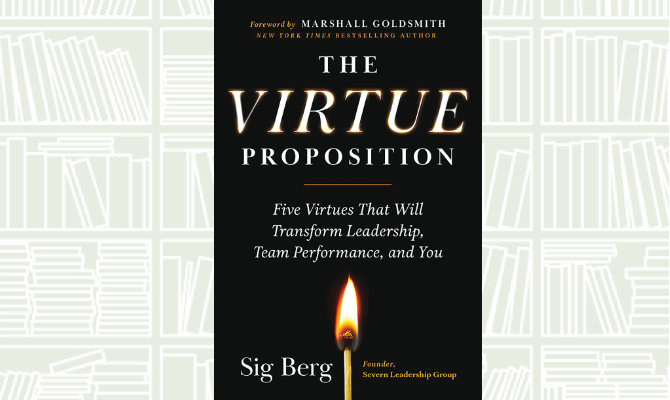
Sig Berg, founder of the Severn Leadership Group, explains what’s missing from traditional leadership, with its emphasis on the rules and rituals of boardrooms and C-suites, and from iconoclastic leadership, which urges you to move fast and break things.
Neither of these embrace virtues, and neither has, nor ever will, deliver consistent superior results.
There is a courageous third way: virtuous leadership.
This book speaks to men and women who witness the absence of virtues and know they can do better, says a review published on goodreads.com.
What We Are Reading Today: ‘Stellar English’
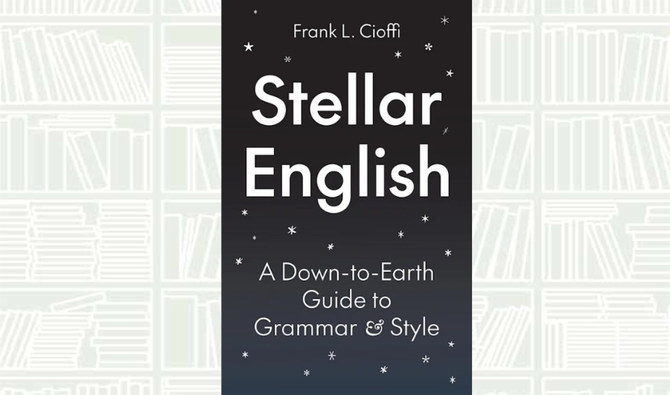
Author: FRANK L. CIOFFI
“Stellar English” lays out the fundamentals of effective writing, from word choice and punctuation to parts of speech and common errors.
Frank Cioffi emphasizes how formal written English—though only a sub-dialect of the language—enables writers to reach a wide and heterogenous audience.
Cioffi’s many example sentences illustrating grammatical principles tilt in an otherworldly direction, making up a science fiction story involving alien invasion.
What We Are Reading Today: A Deadly Indifference
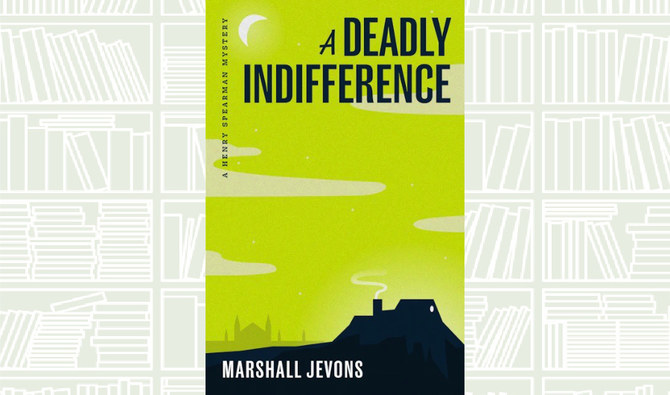
Author: Marshall Jevons
Harvard professor Henry Spearman—an ingenious amateur sleuth who uses economics to size up every situation—is sent by an American entrepreneur to Cambridge, England.
Spearman’s mission is to scout out the purchase of the most famous house in economic science: Balliol Croft, the former home of Professor Alfred Marshall, John Maynard Keynes’s teacher and the font of modern economic theory.
After a shocking murder, Spearman realizes that his own life is in danger as he finds himself face-to-face with the most diabolical killer in his career.
What We Are Reading Today: The Mystery of the Invisible Hand
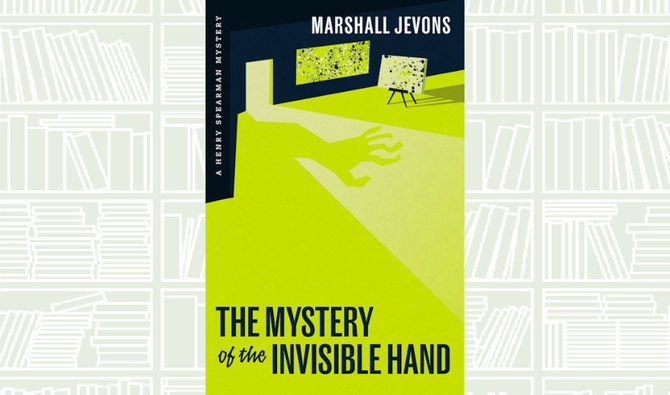
Author: Marshall Jevons
In “The Mystery of the Invisible Hand,” Henry Spearman, an economics professor with a knack for solving crimes, is pulled into a case that mixes campus intrigue, stolen art, and murder.
Arriving at San Antonio’s Monte Vista University to teach a course on art and economics, he is confronted with a puzzling art theft and the suspicious suicide of the school’s artist-in-residence.
From Texas to New York, Spearman traces the connections between economics and the art world, finding his clues in monopolies, auction theory, and Adam Smith.


